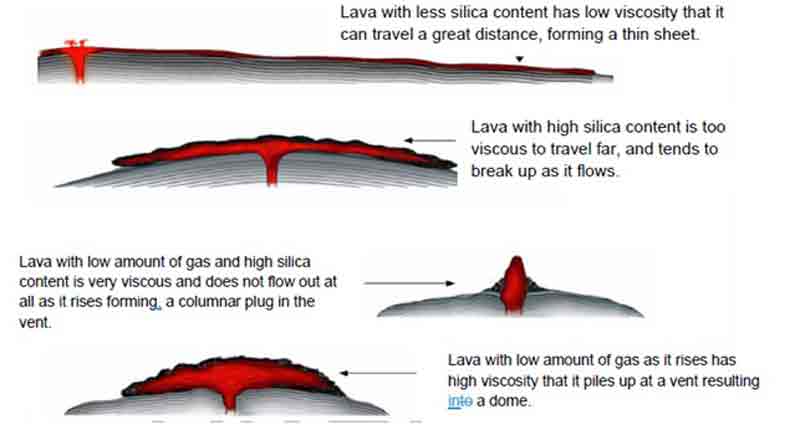Under pressure
Objective
- describe the effect of high temperature to the formation of gas
Materials
- describe the effect of high temperature to the formation of gas
- two 300 mlL bottled cooking oil
- two identical small basins
- hot water
Procedure
- Hall-fill basin A with hot water and basin B with cold water
- Put one bottled soda in basin A and another one in basin B. Wait for three minutes.
- Slowly unscrew the caps from the bottle in each basin and observe.
Q1. What did you observe in each bottle?
Q2. Explain your observation.
Q3. What is the role of hot water in the setup?
What if we use another liquid such as oil instead of soft drinks? Will we have the same observation? Let’s find out in the next procedure.
- Replace the hot water in basin A.
- Put one of the bottled cooking oil in hot water and the other one in cold water. Wait for three minutes.
- Slowly unscrew the caps and observe.
Q4. Do you have the same observation as in the soda drinks?
Q5. Explain your answer.
In the activity, you have seen the effect of temperature on the amount of gas that can be produced in a liquid. How does this affect the pressure inside the bottle? What is the role of pressure in the setup?
Let us relate this concept to what is happening inside the volcano. Magma inside the volcano has high temperature. As the magma is continuously heated, it goes up. As it rises, gas bubbles are developed. The gas bubbles are trapped and expand causing the molten material to swell also, resulting in a gradual increase in pressure within the volcano. When the pressure exceeds the strength of the overlying rock, fracturing occurs. The resulting breaks lead to a further drop in confining pressure, which in turn causes even more gas bubbles to form. Lava may appear to be the primary material ejected from a volcano, but this is not always the case. Aside from lava, broken rocks, lava bombs, fine ash and dust are also ejected. Does this have any effect on the volcanic shape? Let’s find out how.
Volcanic landforms and eruptive styles
Volcanoes come in different shapes and sizes, and each structure has a unique history of eruption. However, volcanologists have been able to classify them according to their landforms and eruptive patterns. We have considered the three general volcanic types according to the shape of their cones: namely: shield volcanoes, cinder cones, and composite cones. Before we go further, let us discuss the external parts of a volcano.

Fig. 4. Parts of a volcano(Source: Project EASE Module 12)
A volcano usually has a summit, slope, and base. At the summit, there is an opening which may either be a crater or a caldera. A crater is a funnel-shaped opening at the top of a volcano while a caldera is formed when a part of the wall collapses following an explosive eruption as shown in Figure 5. A volcano can have one crater, like Mayon Volcano, or can be more than one, like Taal Volcano that has 47 craters.


Fig. 5. A crater and a caldera (pls. re-draw)
Volcanic activity can be very fascinating. After an explosive eruption, a scenic cone-shaped structure may be produced or changes on its slope can be observed. The emissions of a volcano provide us with clues on what materials are found inside the Earth. Some eruptions are very explosive, while many others are not.
What determines the nature of eruption? There are primary factors affecting the volcanoes’ eruptive style, namely: the magma’s temperature, its chemical composition, and the amount of dissolved gases it contains. These factors can affect the magma’s viscosity in different ways. Viscosity is the property of the material’s resistance to flow. It is also described as the liquid’s thickness and stickiness. The more viscous and thicker the material is, the greater is its resistance to flow. For instance, syrup is more viscous than water.
Let us discuss how each factor affects the viscosity of magma. First, let’s look into how temperature of magma affects its viscosity. The viscosity of magma decreases with temperature. The higher the temperature of magma is, the lower is its viscosity. As lava flows, it cools and begins to harden, its ability to flow decreases and eventually it stops.
Next, let’s look at how the composition of magma affects its viscosity. Magmas with high silica content are more viscous than those with low silica content as shown in Figure 6. The magma that contains less silica is relatively fluid and travels far before solidifying.
Lastly, the amount of gases contained in the magma affects its viscosity. Other factors being equal, gas (mainly water vapor) dissolved in magma tends to increase its ability to flow. Therefore, in near-surface environments, the loss of gases makes magma more viscous, forming a dome or a columnar as shown in Figure 6.

Fig. 6. Viscosity of magma inat different conditions
(Source: Project EASE Module 12)
To understand more about viscosity, do the following activity.